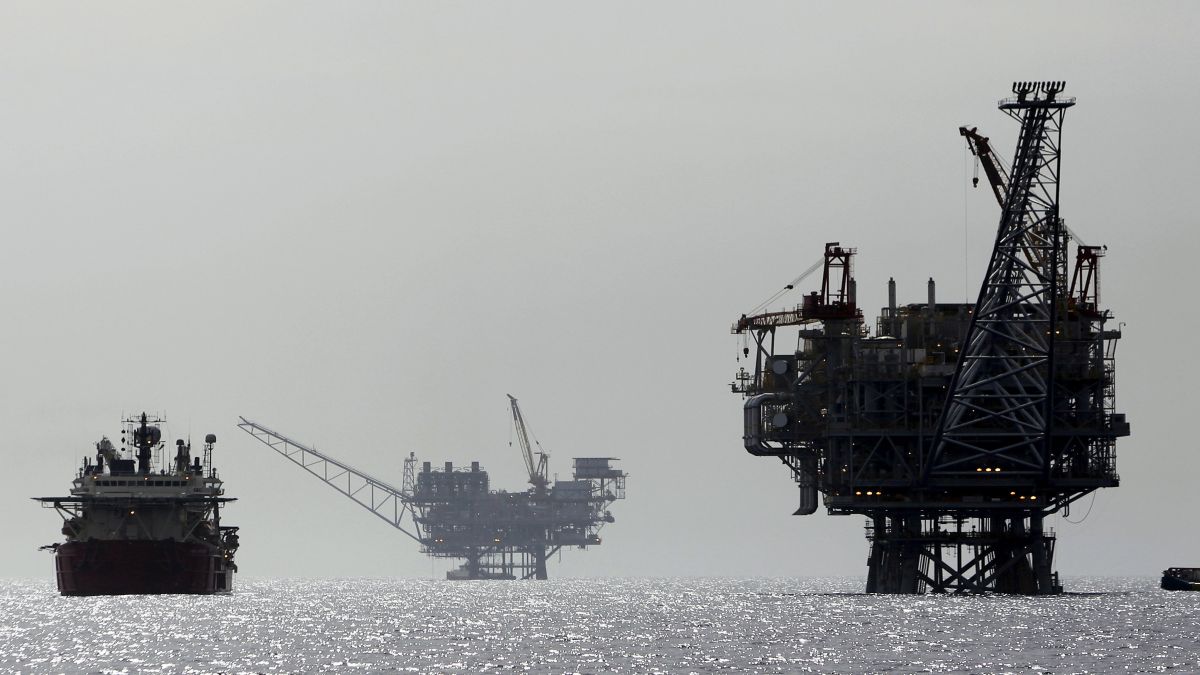India has just opened a new chapter in energy production, which could present an ocean of opportunities. India has confirmed the presence of natural gas in the Andaman basin, marking a milestone in the country’s deepwater exploration ambitions. Union Petroleum Minister Hardeep Singh Puri announced the discovery on Friday, calling it “an ocean of energy opportunities”.
But why is this such a big deal? What could the presence of this natural gas mean for the country?
We explore and get you the answers.
What has India discovered in the Andamans?
Last Friday, Oil India Limited (OIL), a Maharatna company under the Ministry of Petroleum and Natural Gas reported the occurrence of natural gas in its second exploratory well drilled in the Andaman Shallow Offshore Block.
In a statement, OIL said “occurrence of natural gas” was reported in the second exploratory well Vijayapuram-2 drilled in the Offshore Andaman Block AN-OSHP-2018/1, which the company had won under the Open Acreage Licensing Policy (OALP).
The gas reserve was found in the Sri Vijayapuram-2 well, located about 17 km from the Andaman coastline at a water depth of 295 metres and drilled to a target depth of 2,650 metres.
According to Union Petroleum Minister Hardeep Singh Puri, initial production testing of the well in the range of 2212 – 2250 metres has established the presence of natural gas with intermittent flaring. The gas samples were brought by ship to Kakinada, were tested and found to be 87 per cent methane.
Impact Shorts
More ShortsWhy is this discovery significant?
The discovery by OIL is significant for a number of reasons. Union Minister Puri has long touted Andaman as holding a Guyana-scale oil field and this discovery may prove the same.
“The size of the gas pool and its commercial viability will be verified in the coming months,” Puri noted in a message on X, but stressed that the discovery validates India’s long-held belief that the Andaman basin is rich in natural gas, in line with discoveries in Myanmar and Indonesia along the same geological belt.
Additionally, the discovery of this natural gas also is a huge boost to Prime Minister Narendra Modi’s Independence Day announcement of the National Deep Water Exploration Mission. Earlier, on August 15, the prime minister announced this mission with the aim of exploring oil and gas reserves in the sea.
Terming it a “Samudra Manthan,” he said the initiative will be executed in Mission Mode, highlighting India’s push for energy self-reliance.
And undoubtedly, this discovery will help reduce India’s dependence on imported natural gas, which has been steadily rising over the years. In the 2023–24 financial year, approximately 44 per cent of India’s natural gas consumption was met through imports, primarily in the form of liquefied natural gas (LNG) Argus Media.
Prateek Pandey, Head of APAC Oil and Gas Research told CNBC that the discovery would help double India’s current production, making it a priority for the government.
The discovery of methane would also help India’s green pivot. In the last few years, the country has been trying to achieve its green goals and the discovery of methane will help towards that. This is because methane burns more cleanly than coal and oil. Hence, a switch to methane could help reduce air pollution and greenhouse gas emissions.
Puri also added that the discovery will help India’s ability to partner with global deepwater exploration leaders like Petrobras, BP India, Shell, and ExxonMobil. “This occurrence of natural gas will help us take forward our exploration ambitions and is a significant milestone in our journey through Amrit Kaal,” he said.
Developing methane infrastructure can create jobs in extraction, transport, and distribution. It can reduce import dependency if domestic reserves are utilised efficiently, improving energy security.
What comes next?
In the immediate aftermath of the discovery of the natural gas, shares of Oil India rose over three per cent. Business Standard reported that the company’s stock rose as much as 3.11 per cent during the day to Rs 423 per share, the biggest intraday rise since September 25 this year.
Experts, however, have said that it will take time before full-scale commercial exploitation. “Further isotope studies and higher-up prospect tests are needed to estimate the size and economic viability,” officials were quoted as saying.
With inputs from agencies
)